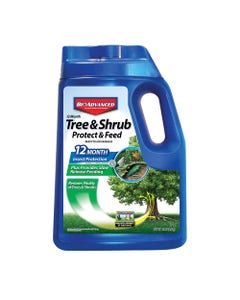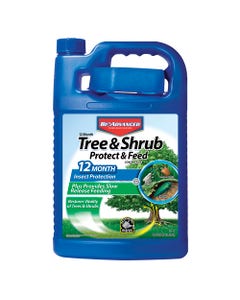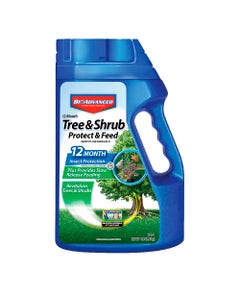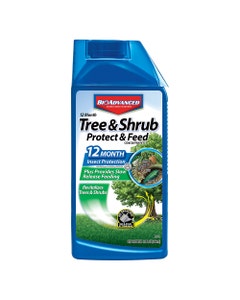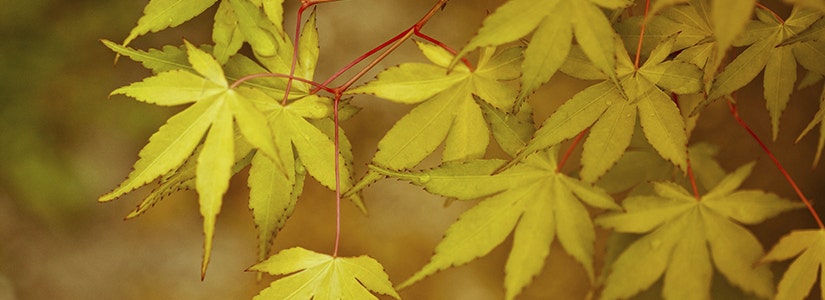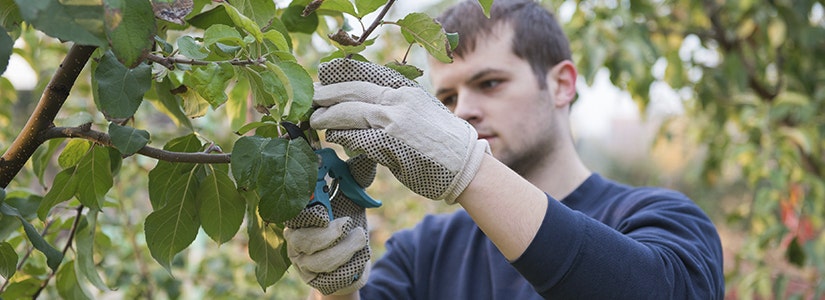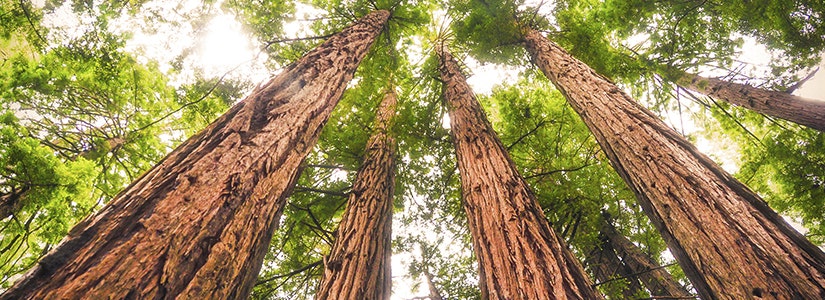

- Home
- Solution Center
- Learn
- Learn: Tree & Shrub
- Growing Trees: Bare-Root Advantages and Timing
Growing Trees: Bare-Root Advantages and Timing
Planting bare-root trees can be one of the best bargains in gardening. While it may seem strange to plant a tree with roots not contained in soil, it's actually an excellent practice that boasts immense success. Many bare-root trees, in particular grafted fruit trees, have already been growing for two years before they're sold, so you're getting a good-sized tree that's ready to take off once it gets tucked into soil.
Bare-root season for ornamental trees and fruit trees is from mid-December to early spring. The plants have been dug from growing fields and shipped with their roots free of soil to nurseries around the country. Some are individually packaged with their roots packed in moist wood shavings and wrapped in plastic. Others are shipped to nurseries in bundles where they are sold out of bins filled with moist sawdust or shavings.
Advantages Of Bare-Root Trees
Variety – Local nurseries carry a larger selection of bare-root trees than containerized ones because bare-root specimens require less space. Using mail-order and online sources, you can purchase trees that are native to other parts of the world. When buying bare-root, you'll often find tree species that simply aren't available in any other form, and you'll definitely discover a greater selection of fruit trees and other edible crop trees.
Price – Bare-root trees cost 30-50% less than a container-grown tree of the same size. The cost savings occurs because you're skipping the labor required for potting and maintaining a containerized tree. Because they lack soil, bare-root trees weigh less, which reduces shipping costs.
Larger Root Mass – According to Cornell University, a bare-root tree contains 200% more roots than the same tree sold balled-and-burlapped, which is dug with soil intact around roots and wrapped in burlap to hold soil in place. The difference is due to harvesting equipment.
Easier To Handle – Bare-root trees are lightweight, which means they can be shipped directly to your door using common parcel delivery services. You can carry bare-root trees more easily and fit more in your car. Plus, when planting bare-root trees, it only takes one person to maneuver the young tree into place.
Better Performance – Bare-root trees frequently take off more quickly than containerized ones because roots aren't transitioning from container soil to local soil. Bare-root trees are planted during dormancy, which gives them weeks of root growth that spring-planted container trees lack.
Disadvantages Of Bare-Root Trees
Small Planting Window – Bare-root trees must be planted during dormancy – before buds break. Planting areas must be ready; you need to plant bare-root trees as soon as possible after receipt or purchase.
Limited Time-Frame – While containerized trees are available at local nurseries all season long, bare-root trees are sold only for a limited time. Leftover bare-root trees are potted and sold during the growing season – for twice the price.
Fruit-Bearing Age – Not always, but in many cases containerized fruit trees start bearing a year or two sooner than bare-root trees.
Pruning – With fruit trees in particular, early pruning and training is crucial to develop strong crops. Most containerized trees have received initial pruning. Bare-root trees purchased through mail order will likely be topped to fit in shipping cartons, but after that cut you do all the pruning.
Choosing Bare-Root Trees
Bare-root is one of the most economical ways to purchase trees, but you’ll want to consider the following, and select carefully.
- Be sure the trunks are straight without dramatic curves or bends.
- If there are branches (some trees won’t be branched), they should be evenly spaced along the entire trunk, radiating in all directions.
- The trunk should be free of wounds.
- If you can examine roots, the more, the better. They also should radiate in all directions, and be firm and moist, not soft and mushy.
- If the roots are packaged, the packing should be moist and heavy, not dry and lightweight.
When To Plant Bare-Root Trees
No matter where you live, it's best to plant bare-root trees during dormancy – before buds break and leaves appear. Your planting window also may vary depending on when you can obtain bare-root trees.
- In warmer climates, plant from late fall (or as soon as trees become available) to early winter.
- In colder regions, plant in winter or early spring, any time soil isn't frozen.
- Late winter/early spring planting yields the greatest success. But definitely order bare-root trees as early as possible to ensure the best selection.
If you can’t plant immediately, store your trees in a cold, shaded place, such as the north side of the house or a cold garage. If the roots are exposed, pack them in moist wood shavings or potting soil. If the gound isn’t frozen, you can dig a trench and temporarily cover the roots with soil. Don’ t let the roots dry out. When planting, make sure your ornamental trees and fruit trees get off to a strong start by providing fertilizer and insect protection.

